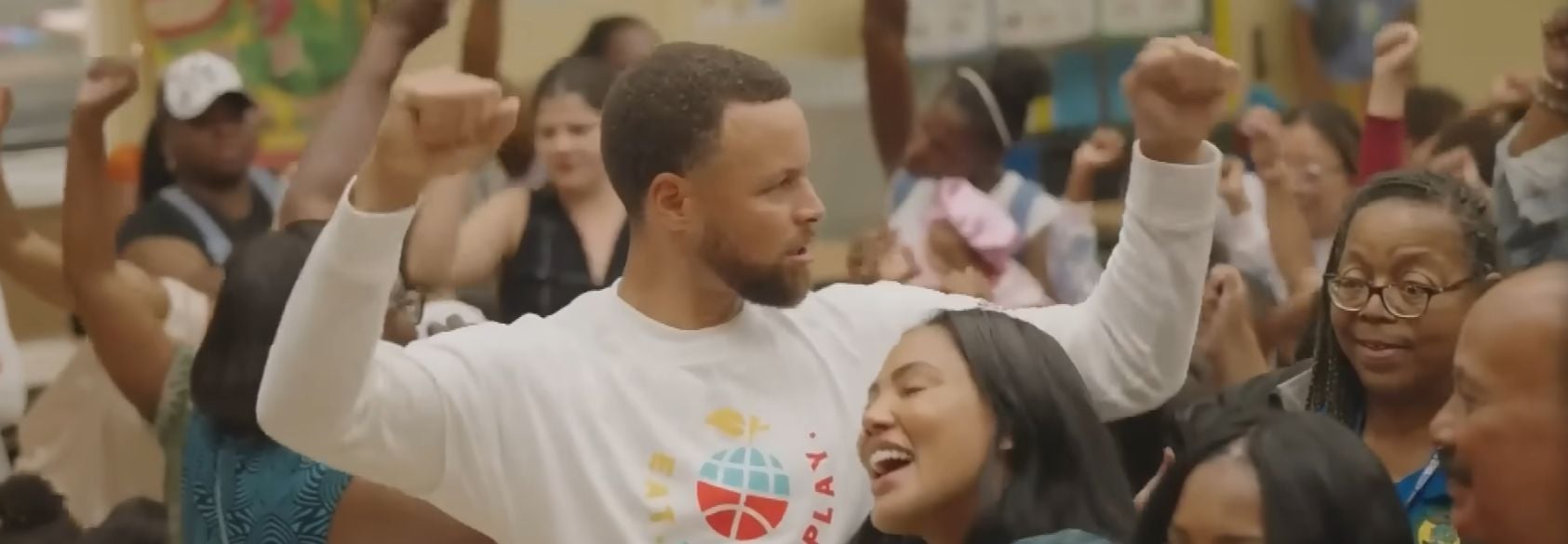Three Small Shifts for a Better Classroom Climate
By Amber Chandler
When people hear that I’m writing a book about the importance of academic, social and emotional learning, many of them think I have peer mediation sessions in my classroom every day and we sit in a circle and meditate. I swear some people even start backing away, like I’m recruiting for a new cult especially for teachers. Despite the fact that peer mediation is quite successful, as the research attests, and despite amazing gains using meditation like this, many educators are apprehensive when I start talking about SEL (social and emotional learning). I don’t blame anyone for questioning yet “another thing” that we are supposed to be doing on top of the ever changing curriculum and constant political battles. I’d like to suggest though that you can make three small shifts right now, without staff development, extra reading, or even much thought, just a little conscious effort to turn your attention to a few strategies. How hard could that be? I promise you’ll feel the difference in the vibe in your classroom if you try these out.
Be Present
Put your phone inside your desk. I’m going to go out on a limb here and say that I’m not the only one who will glance down at my phone if I walk by it while I’m teaching. That split second interrupts the attention that your students need. Don’t get me wrong. I’m not holier than thou. Not a bit, actually. I had to start putting my phone in my desk because of the little banner messages. If I walked by, and noticed a written message, I simply could not continue on without stopping to read it. Then, even if the message wasn’t important, I’d think about whatever it said. Case in point: I walk by. I see Barnes & Noble is notifying me that I need to renew my membership. I then start marveling that it has been a year already. Then, I start wondering if my husband will handle it, or should I? Do you see what I mean? Sure, I could have turned off the banner, but I feel like we are all guilty of not being fully present.
Have you ever talked to someone who gives you his or her full attention? If you have, you remember it because it is that rare. Now imagine our students in their hyperconnected world. If we give them our total attention, we are showing them both that they matter and what is happening in our classroom matters. You’ve seen this video of the teacher in North Carolina who has a special handshake for each student, but isn’t it tempting to watch it again, just because it feels like the most amazing way to begin school? I have no secret handshake, but I do stand at the door and welcome students by name, an oldie but goodie that I read about a decade ago. This great resource can help change things up; there are ways to greet your students in other languages, or to create a variety of “call and response” activities for morning meeting times.
Be Patient and Positive
This episode of Brain Games is the best illustration of what happens to your memory when the stress to perform is combined with negativity. The tasks we take for granted—putting things back where they belong, making sure we have our supplies, and working quickly and efficiently—are hard work for some kiddos. The more impatient or negative we become, the harder it is for these children to overcome the obstacles they may be facing because we’ve stressed them out. Once their anxiety level peaks, the difficult tasks become even harder and sometimes impossible.
How can we remind ourselves to be patient and positive? Try a quick brain-training trick. Put five paper clips in your right pocket, and five in your left. As you become impatient throughout the day, take one out of your right pocket and put in the left pocket. Every time you respond patiently, shift a paperclip to the right pocket. If you are positive, give yourself another one. Try to end the day as you began: evenly balanced. Better yet, try to move all the paperclips to your right “positive” pocket. The goal here is to be mindful of your attitude. Give it a try, and you might be surprised how many times in a day you have the opportunity to respond positively to students.
Lighten Up
There are times when you just need to go over the rules. It may be January or February, but the day comes when you simply need to say, “People, this is not how things are going to go, or I won’t make it for these last 100 days!” However, this might be a good time to take a deep breath and lighten up. Do those threatening lectures ever really work? One year, after hearing some kids mock a teacher who had just given her lay-down-the-law speech, all I could think was “Do we really sound like that?” The answer, unfortunately, was yes. Here’s my secret: the Minions. How can you dislike the Minions? This video of rules, as explained by the Minions, pretty much lightens the mood and sets the tone going forward. If you have one of those shortened-days-when-it-seems-impossible-to-teach, you might want to show some clips from Vines like these. (Watch by yourself first—and laugh out loud—to see what works for your grade level. I’ve been warped by middle schoolers, so it might not be appropriate for the younger crowd).
How, you might ask, will these shifts change your classroom culture? When there’s an interested, patient and positive adult who knows how to relieve the pressure valve of the classroom with a little laughter, students will be drawn to you. No one doubts that you teach every day, but when you create a safe space for students, they will learn every day.











